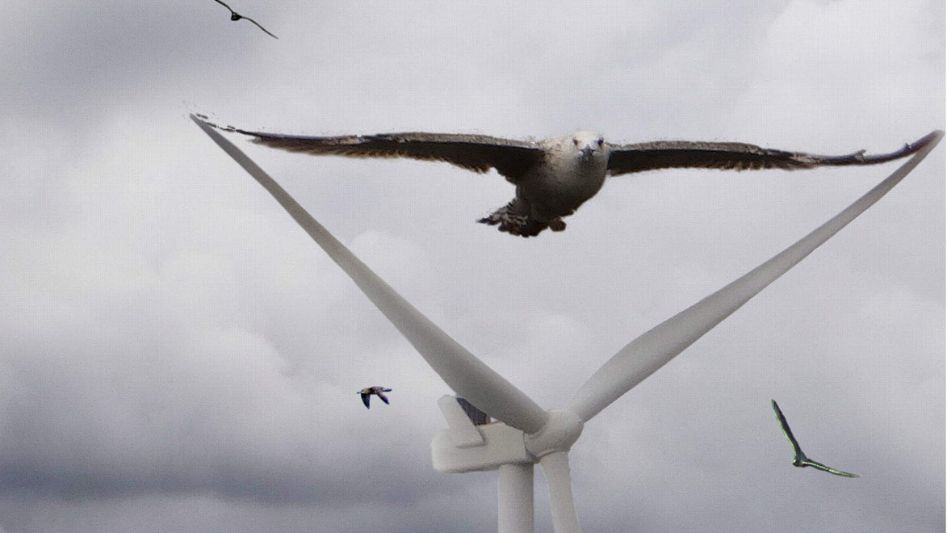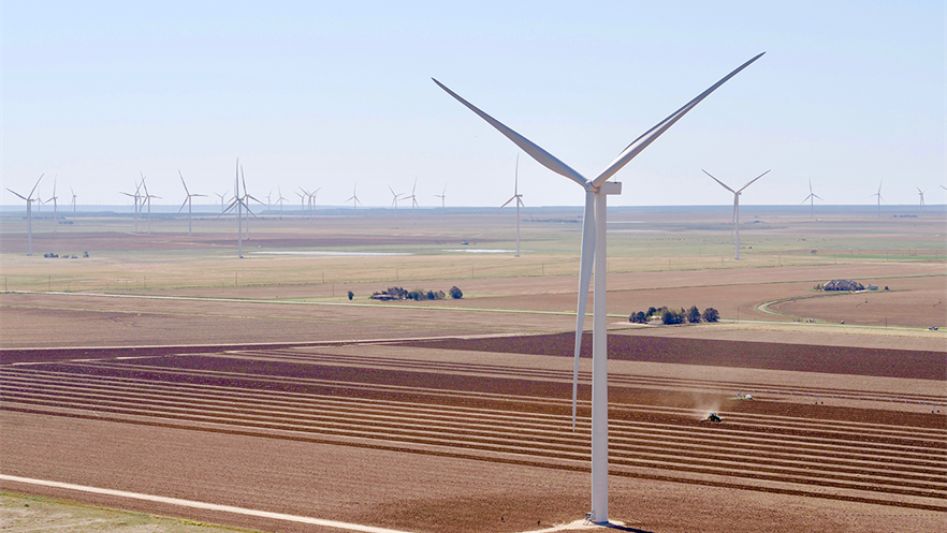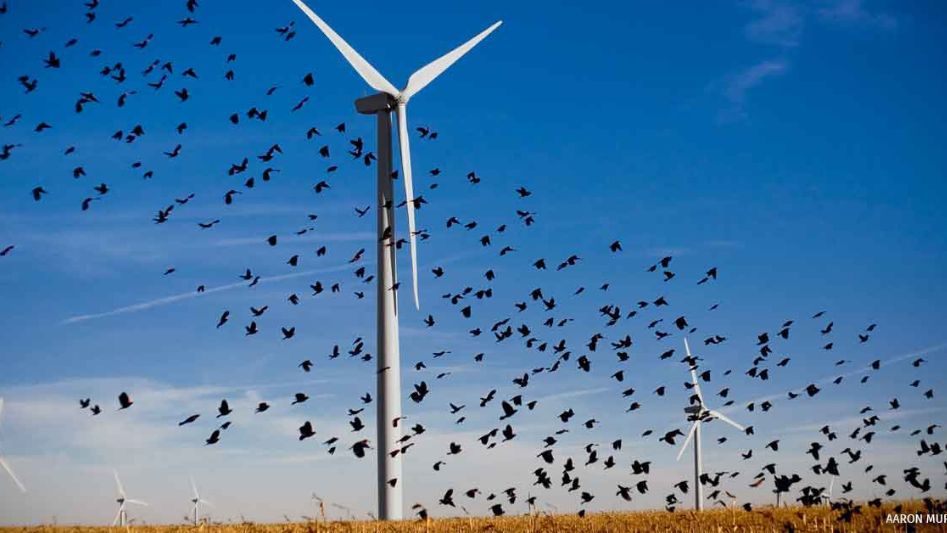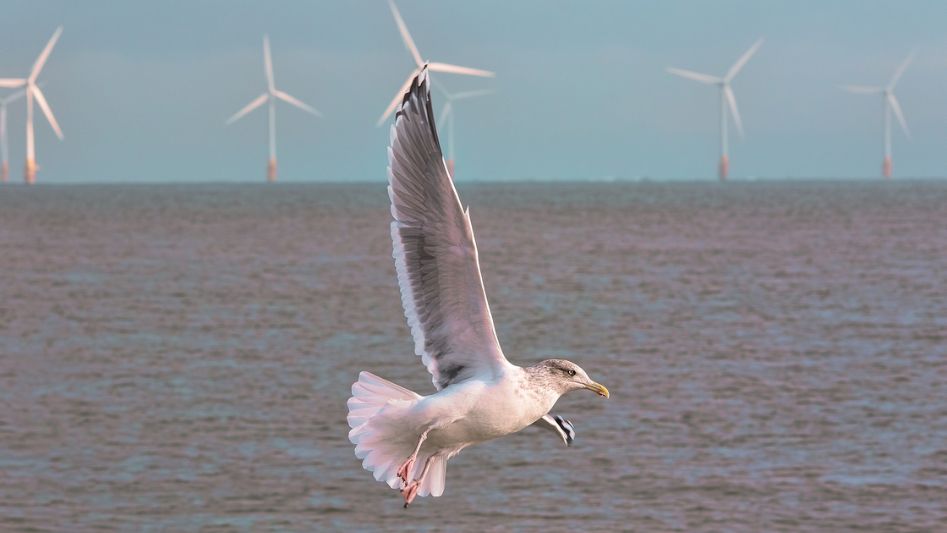In an unprecedented move towards the protection of migratory birds, the Dutch government recently shut down offshore wind farms during peak migration periods. This decision has stirred worldwide attention and set a significant global precedent for wildlife protection. The decision, although challenging, reflects the country’s dedication to balancing renewable energy production and wildlife conservation.
Table Of Content
We invite you to read: “Offshore Wind Farms: Mitigating the Challenges of Onshore Wind Energy”

The Migratory Bird Crisis
Many migratory bird species are facing a growing number of threats due to climate change and human activities. Offshore wind farms, while contributing to renewable energy generation and curbing climate change, are also a considerable hazard to these birds. Collisions with the wind turbines can lead to significant losses in migratory bird populations.
Dutch Response to the Crisis
Recognizing the issue at hand, the Dutch government decided to take bold action. After extensive research and analysis of bird migration patterns, they determined periods of high bird traffic and proceeded to shut down offshore wind farms during these times. This strategic move aimed to minimize the negative impact of wind turbines on the vulnerable bird populations without significantly hampering renewable energy production.
Global Implications
The Dutch government’s decision has far-reaching implications. This commitment to wildlife preservation sets a new global standard for other countries to follow, potentially leading to a more sustainable future. In addition, it has sparked discussions about the importance of a well-rounded approach to renewable energy, which considers not only environmental impacts but also wildlife conservation.
We invite you to read: “Offshore Wind Farms: The Advantages and Challenges”

Balancing Act: Renewable Energy and Wildlife Protection
The Dutch offshore wind farms shutdown highlights the need for a careful balance between renewable energy production and wildlife protection. The global shift towards renewable energy should not overlook the potential harm to wildlife, particularly vulnerable species. While the protection of migratory birds may require making sacrifices, like temporary shutdowns of energy production, these actions are vital for the long-term sustainability of our ecosystems.
Challenges and Future Perspectives
The decision to shut down wind farms for birds’ migration was not without its challenges. It required a significant amount of research, careful planning, and clear communication between various stakeholders. Moreover, it required the Dutch government to prioritize wildlife protection over immediate energy production, which is a difficult decision in our energy-dependent world.
However, the success of this initiative provides valuable insights for other countries and industries. It underscores the fact that sustainable solutions are achievable with enough dedication and innovative thinking. If more nations follow the Dutch example, the world could witness a more significant and more harmonious integration of wildlife protection into our energy production systems.
We invite you to read: “Giant Turbines vs. Radical Designs: The Battle for the Future of Wind Power”

Conclusion
The Dutch initiative of shutting down offshore wind farms during migratory birds’ peak migration periods has set a new precedent for wildlife protection globally. It showcases the country’s commitment to finding a middle ground between renewable energy production and wildlife conservation. As we venture further into the era of renewable energy, initiatives like these become ever more critical. It is hoped that other nations will follow suit, creating a world where renewable energy and wildlife can coexist harmoniously.
FAQ
What did the Dutch government do to protect migratory birds?
The Dutch government decided to shut down offshore wind farms during peak migration periods to protect migratory birds from collisions with wind turbines.
How does the Dutch wind farm shutdown affect renewable energy production?
While the shutdown might temporarily decrease renewable energy production, it is a strategic decision aimed at sustainable energy production that considers wildlife conservation.
What are the implications of the Dutch government’s decision?
The move sets a global precedent for other countries to balance wildlife protection with renewable energy production. It underscores the importance of a sustainable approach to renewable energy that also considers wildlife conservation.
What challenges were faced in implementing this decision?
The challenges included extensive research and planning, clear communication between various stakeholders, and the need to prioritize wildlife protection over immediate energy production.
You May Also Like
- Wind Energy and Sustainable Transportation: A Perfect Match
- The Relationship between Wind Energy and Climate Resilience
- The Advantages and Disadvantages of Large-Scale Wind Energy Projects
- A Guide to Offshore Wind Farm Development and Construction
- Wind Energy in Developing Countries: Challenges and Opportunities

